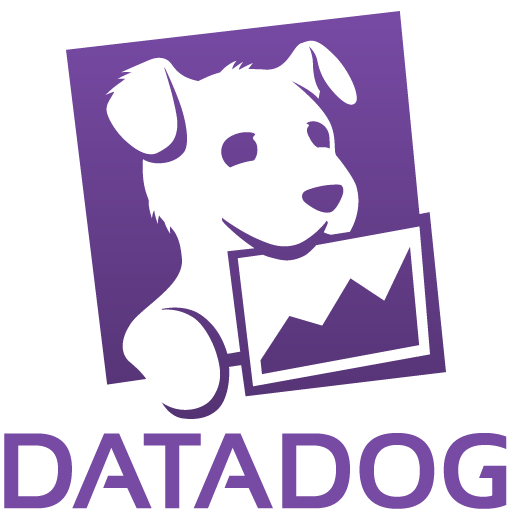My main use case for Datadog involves working on projects related to our sales reps in terms of registering new clients, and I've been using Datadog to pull up instances of them while they're beta testing our product that we're rolling out just to see where their errors are occurring and what their behavior was leading up to that.
I can't think of all of the specific details, but there was a sales rep who was running into a particular error message through their sales registration process, and they weren't giving us a lot of specific screenshots or other error information to help us troubleshoot. I went into Datadog and looked at the timestamp and was able to look at the actual steps they took in our platform during their registration and was able to determine what the cause of that error was. I believe if I remember correctly, it was user error; they were clicking something incorrectly.
One thing I've seen in my main use case for Datadog is an option that our team can add on, and it's the ability to track behavior based on the user ID. I'm not sure at this time if our team has turned that on, but I do think that's a really valuable feature to have, especially with the real-time user management where you can watch the replay. Because we have so many users that are using our platform, the ability to filter those replay videos based on the user ID would be so much more helpful. Especially in terms where we're testing a specific product that we're rolling out, we start with smaller beta tests, so being able to filter those users by the user IDs of those using the beta test would be much more helpful than just looking at every interaction in Datadog as a whole.
